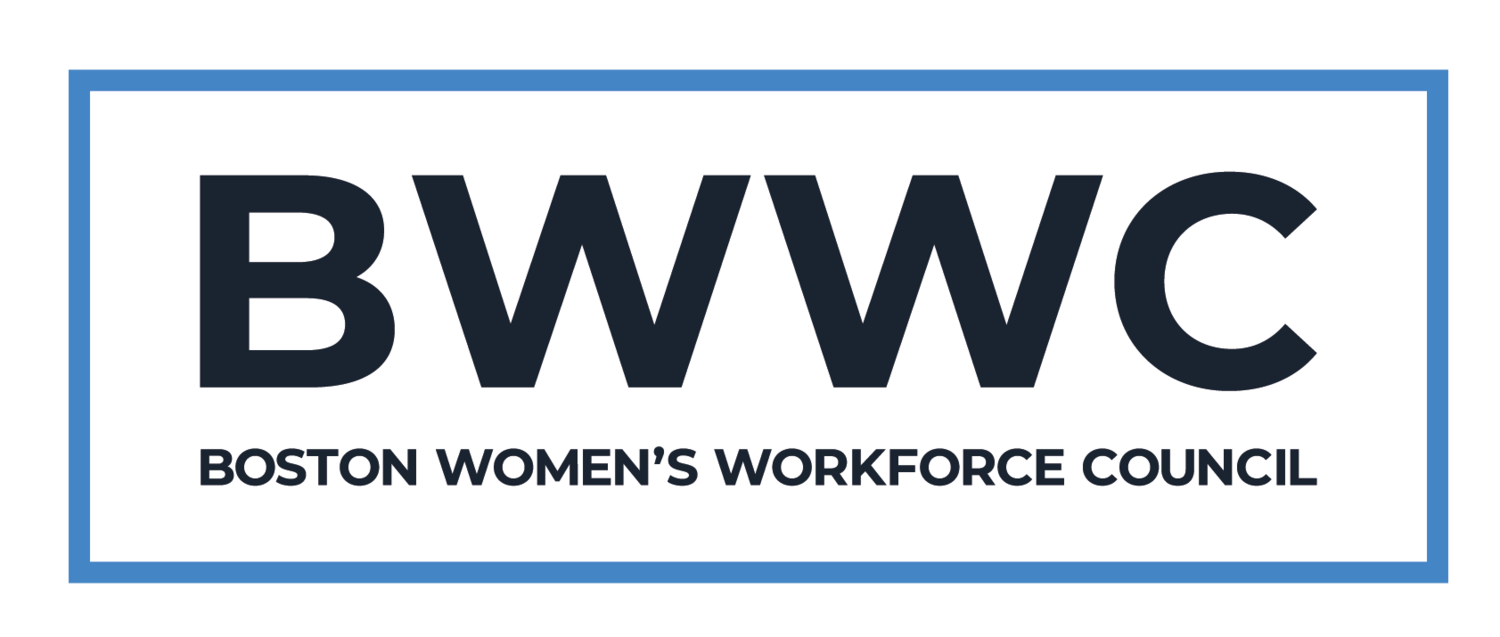Positions at 100% Talent Compact Signer Organizations
In an effort to connect top employers in the Boston area to a wider talent pool of all backgrounds, we created the 100% Talent Job board. This board is a curated list of open positions at 100% Talent Compact Signer organizations for the Boston community.
If you are a 100% Talent Compact Signer and would like to share your open positions, please fill out this quick form.
For any questions regarding the 100% Talent Job Board please email jobboard@thebwwc.org.
100% Talent Job Board
12. 17. 2025 - Project Manager | Institute for Healthcare Improvement (IHI) | Remote/Boston, MA
12. 17. 2025 - Senior Director Operations | Institute for Healthcare Improvement (IHI) | Remote/Boston, MA
12. 15. 2025 - Communications & Admin Coordinator | Women's Money Matters | Remote/Greater Boston Area
12. 15. 2025 - HR & Compliance Coordinator | Women's Money Matters | Remote/Greater Boston Area
11. 20. 2025 - Community Facilitator | Girl Scouts of Eastern Massachusetts | Part - time | Boston, MA
10. 29. 2025 - Call Center Representative II | MASCO Services | Boston, MA
10. 29. 2025 - Chief Impact Officer | YW Boston | Boston, MA
10. 29. 2025 - Chief External Relations Officer | YW Boston | Boston, MA
10. 15. 2025 - Senior Development Operations Specialist | The Rose Kennedy Greenway Conservancy | Boston, MA
10. 08. 2025 - Various Positions | The Newbury Boston | Boston, MA
The Street Bar Server
Weddings and Event Service Manager
Catering Sales Manager
Door Attendant
Food and Beverage Manager in Training
Bell Attendant
Cook 2
Personal Dining Server
Banquet House Attendant
House Attendant
Steward
Marketing Manager
10. 06. 2025 - Staff Engineer - Structural | Gale Associates, Inc. | Rockland, MA
10. 06. 2025 - Senior Staff Engineer - Building Enclosures | Gale Associates, Inc. | Rockland, MA
10. 06. 2025 - Structural Engineer | Gale Associates, Inc. | Rockland, MA
10. 06. 2025 - Registered Engineer or Architect, or Preservationist - Historical Building Facades | Gale Associates, Inc. | Rockland, MA
09. 26. 2025 - Manager of Events | The Boston Foundation | Hybrid | Boston, MA
09. 26. 2025 - Manager of Facilities & Operations | The Boston Foundation | Hybrid | Boston, MA
09. 25. 2025 - Various Positions | Planned Parenthood League of MA (PPLM) | MA
Chief Development Officer
VP, Development
Patient Care Assistant
Health Care Assistant
Patient Access Representative
09. 24. 2025 - Various Positions | The Newbury Boston | Boston, MA
Food & Beverage Manager, Temporary
Food & Beverage Hospitality Associate
Guest Service Ambassador
09. 19. 2025 - Various Positions | The Newbury Boston | Boston, MA
Human Resources Coordinator
Banquet Manager
09. 09. 2025 - VP, People | The Trustees of Reservations | Hybrid | Boston, MA
09. 08. 2025 - General Counsel | The Longwood Collective | Boston, MA
09. 02. 2025 - Senior Staff Engineer - Building Enclosures | Gale Associates, Inc. | Rockland, MA
09. 02. 2025 - Structural Engineer | Gale Associates, Inc. | Rockland, MA
09. 02. 2025 - Project Engineer | Gale Associates, Inc. | Rockland, MA
09. 02. 2025 - Registered Engineer or Architect, or Preservationist - Historical Building Facades | Gale Associates, Inc. | Rockland, MA
08. 29. 2025 - Programs Coordinator | Rose Kennedy Greenway Conservancy | Boston, MA
08. 27. 2025 - Various Positions | The Newbury Boston | Boston, MA
Food & Beverage Manager
Front Office Manager
Cook I
Guest Experience Agent
Assistant Housekeeping Manager
Room Attendant
08. 25. 2025 - Maintenance Technician | The Greenway Conservancy | Boston, MA
08. 04. 2025 - Program Leader - In Person | Women's Money Matters | Boston, MA
07. 24. 2025 - Marketing Copywriter | IHI | Remote, USA
07. 18. 2025 - Afterschool Site Director | EVkids, Inc. | Roxbury, MA
07. 17. 2025 - Various Positions | The Newbury Boston | Boston, MA
Guest Service Ambassador
Sous Chef
Room Attendant
Overnight Operations Manager
Bell Attendant
07. 15. 2025 - Senior Project Research Associate | IHI | Remote, USA
07. 08. 2025 - Enterprise Applications Manager | Energetiq Technology Inc. | Wilmington, MA
07. 08. 2025 - Quality Engineering Manager | Energetiq Technology Inc. | Wilmington, MA
07. 01. 2025 - Project Engineer | Gale Associates, Inc. | Rockland, MA
07. 01. 2025 - Sr. Professional for Building Enclosure Commissioning Services | Gale Associates, Inc. | Rockland, MA

